Preserve New York Grants - 2016
At its 2016 meeting, the Preserve New York grant panel selected 26 applicants in 18 counties to receive support totaling $202,000. Many of these grants will lead to historic district designation or expansion, allowing property owners to take advantage of New York State and Federal Rehabilitation Tax Credits.
With the announcement of the 2016 awards, the total support provided by Preserve New York since its launch in 1993 is over $2.2 million to 346 projects statewide.
Grants are listed below by county.
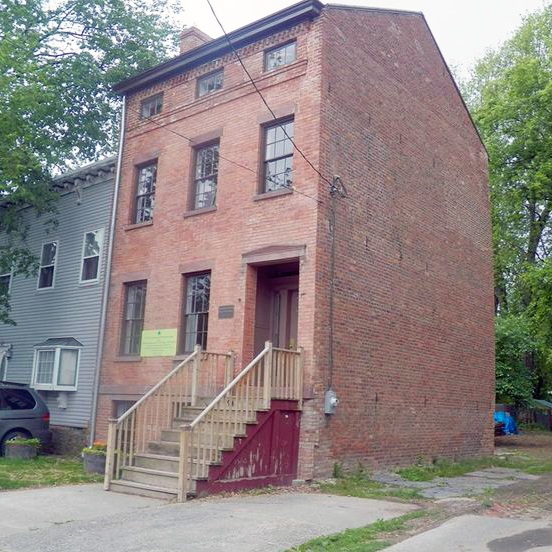
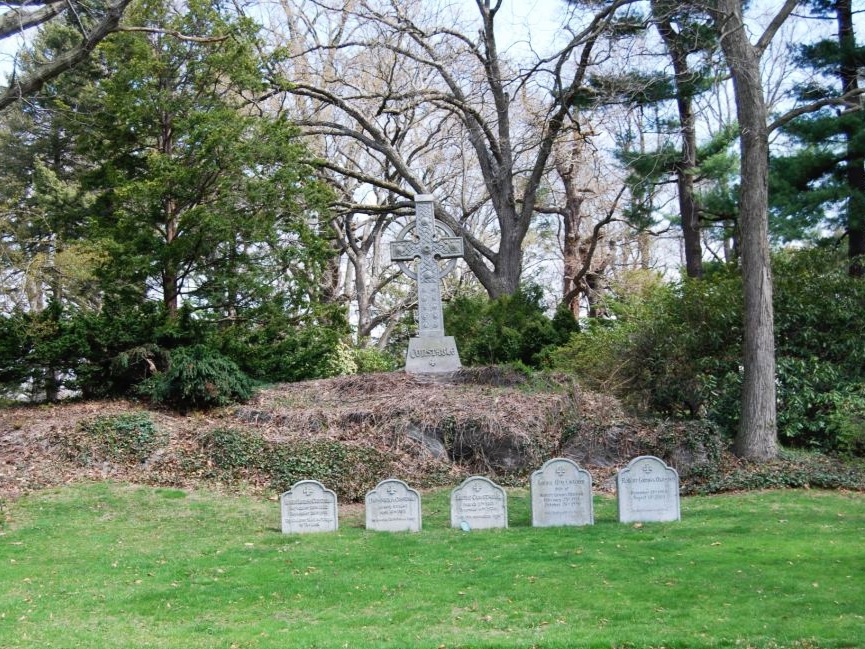
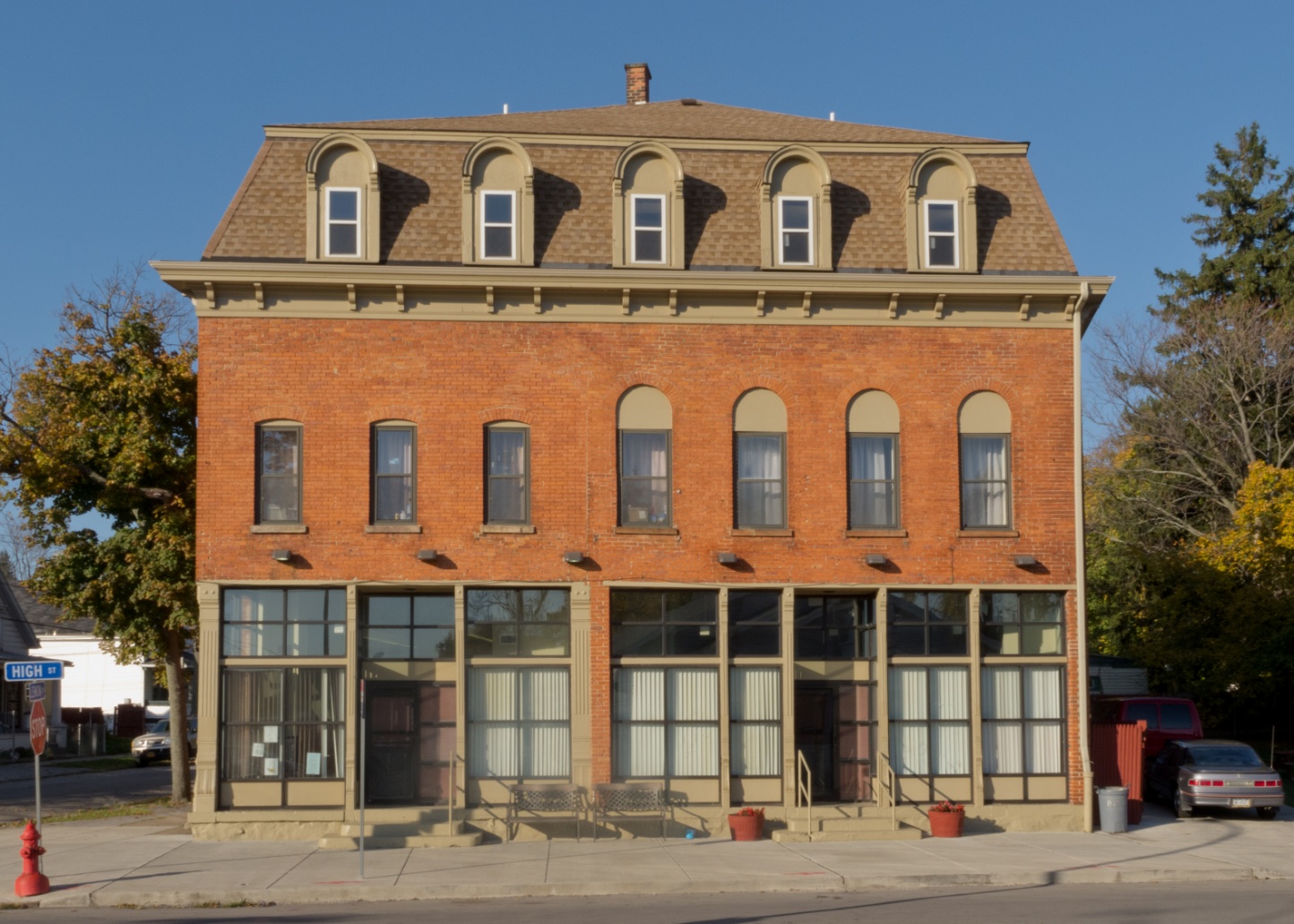
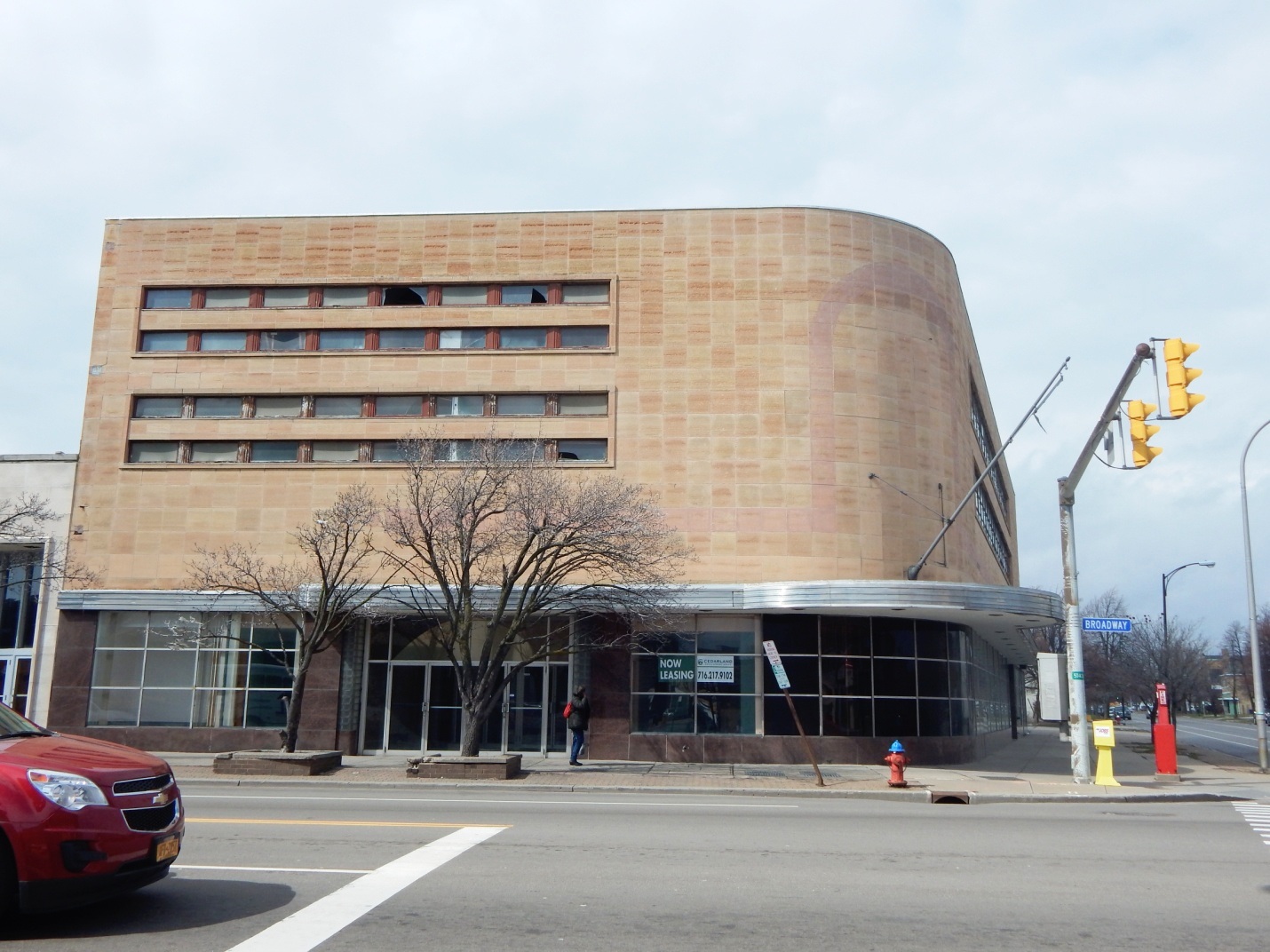
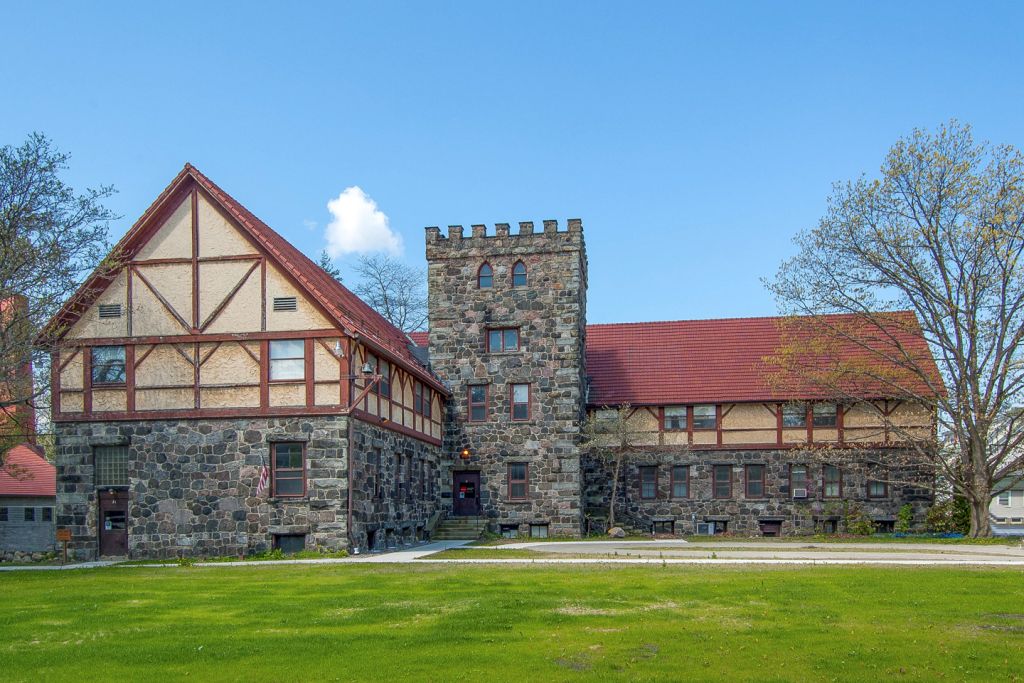
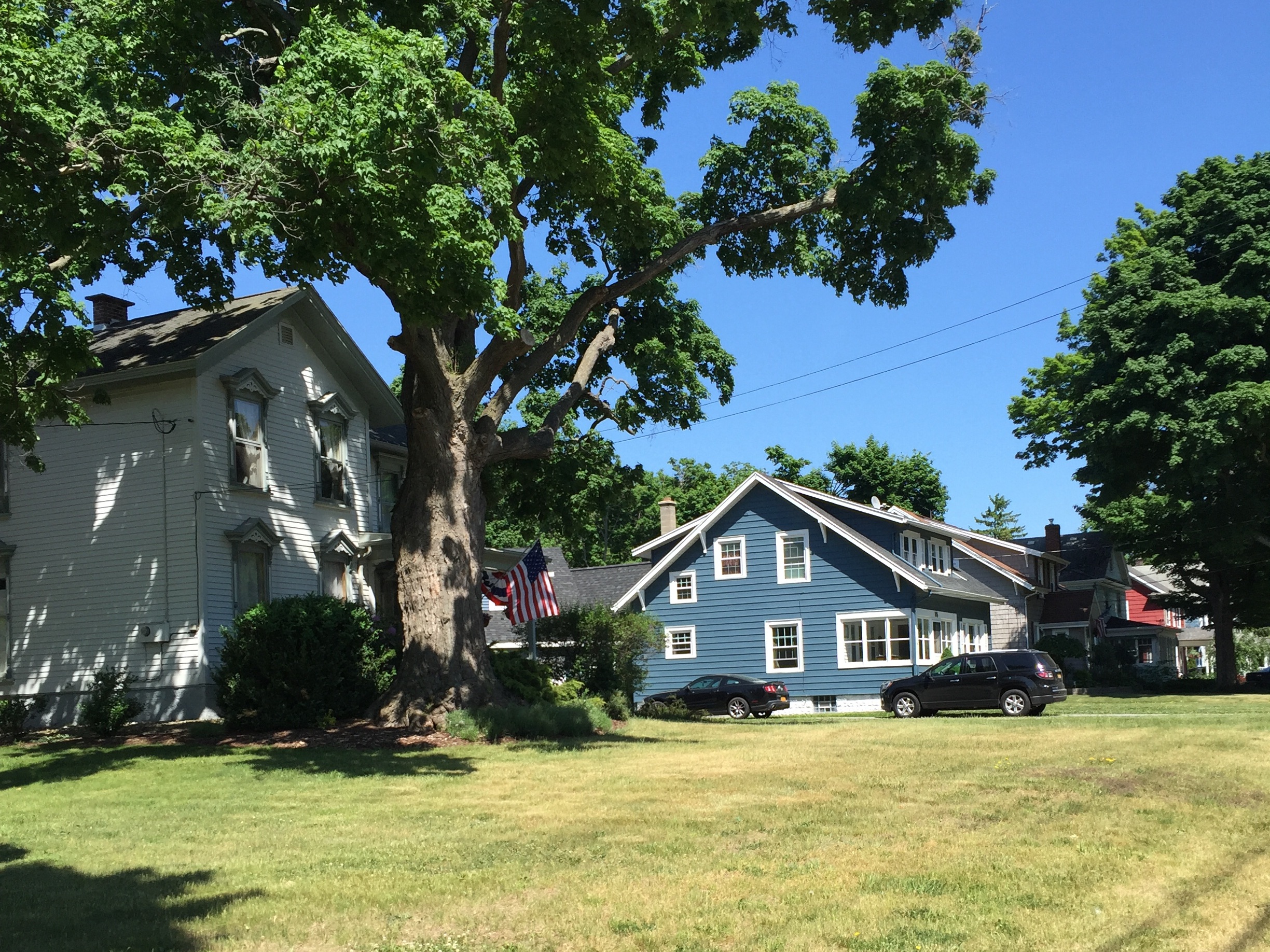
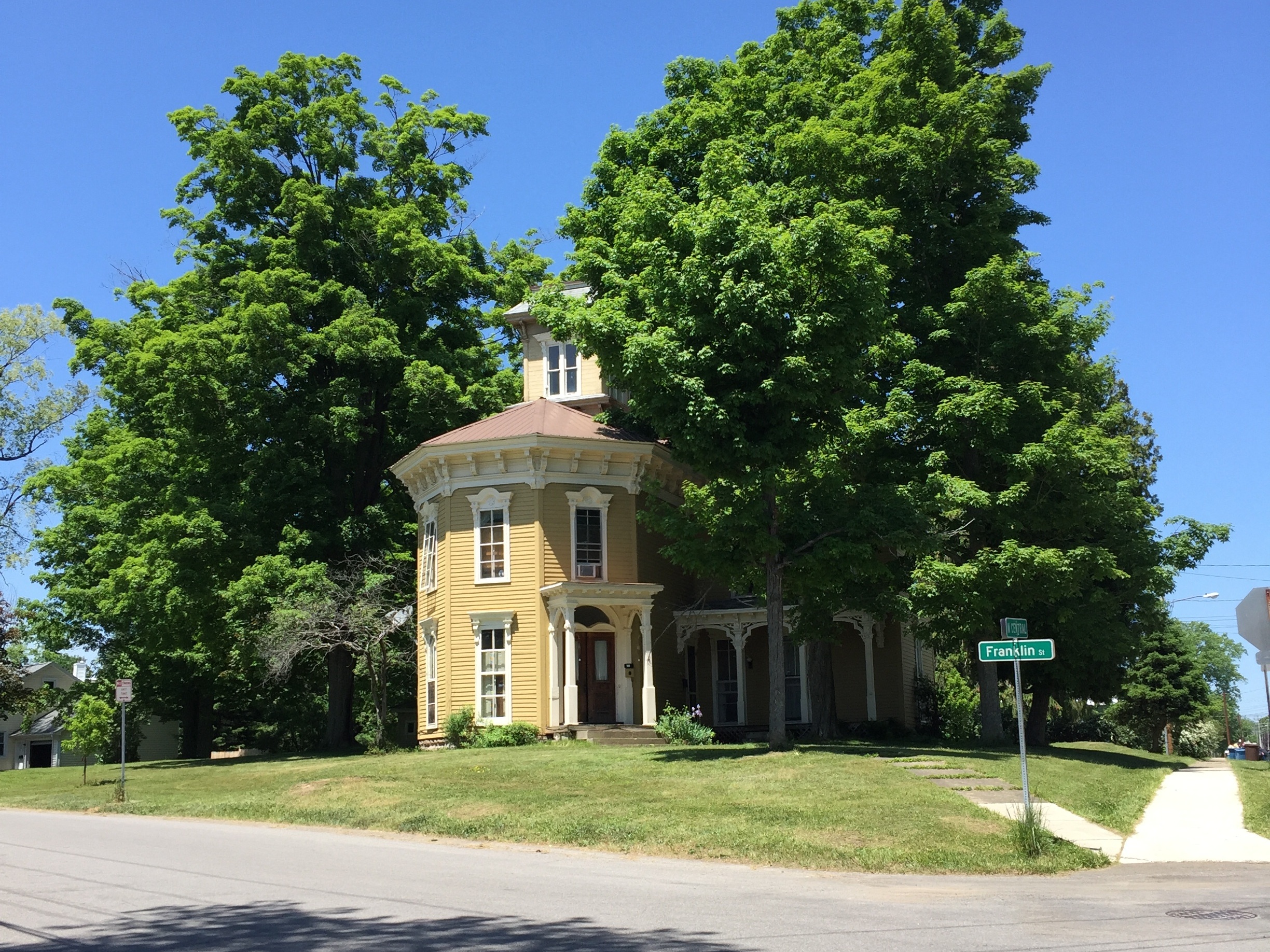

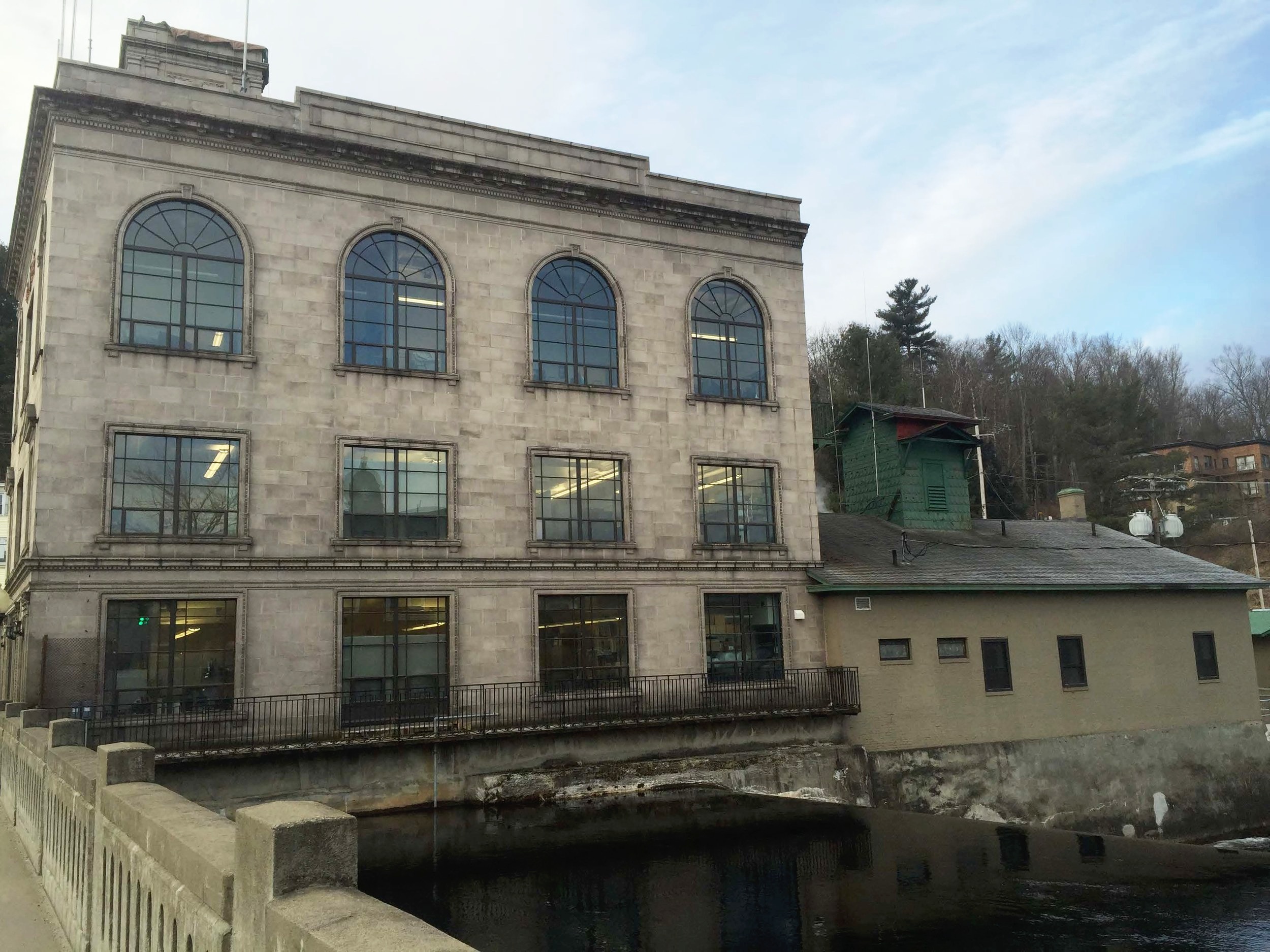
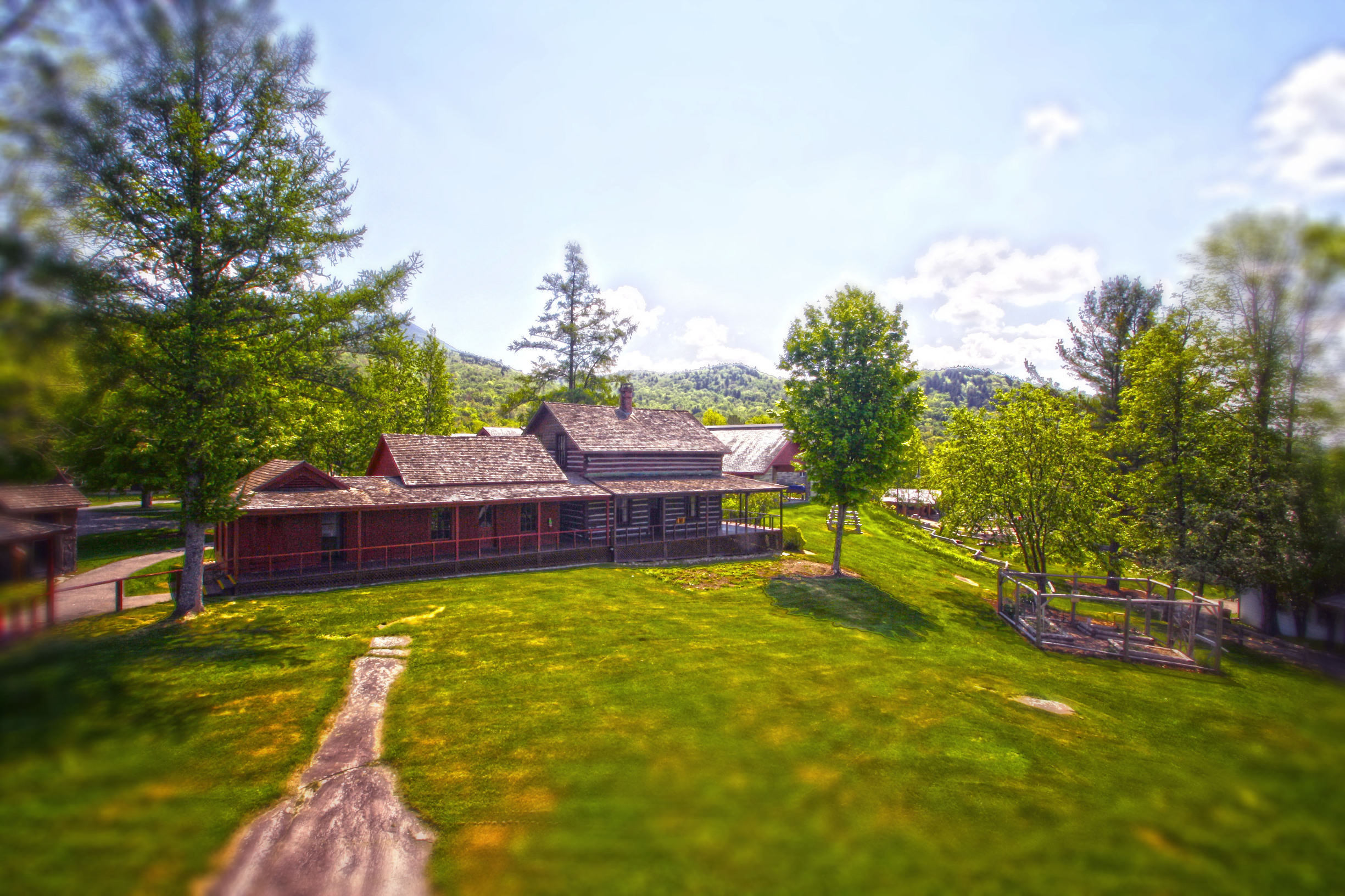
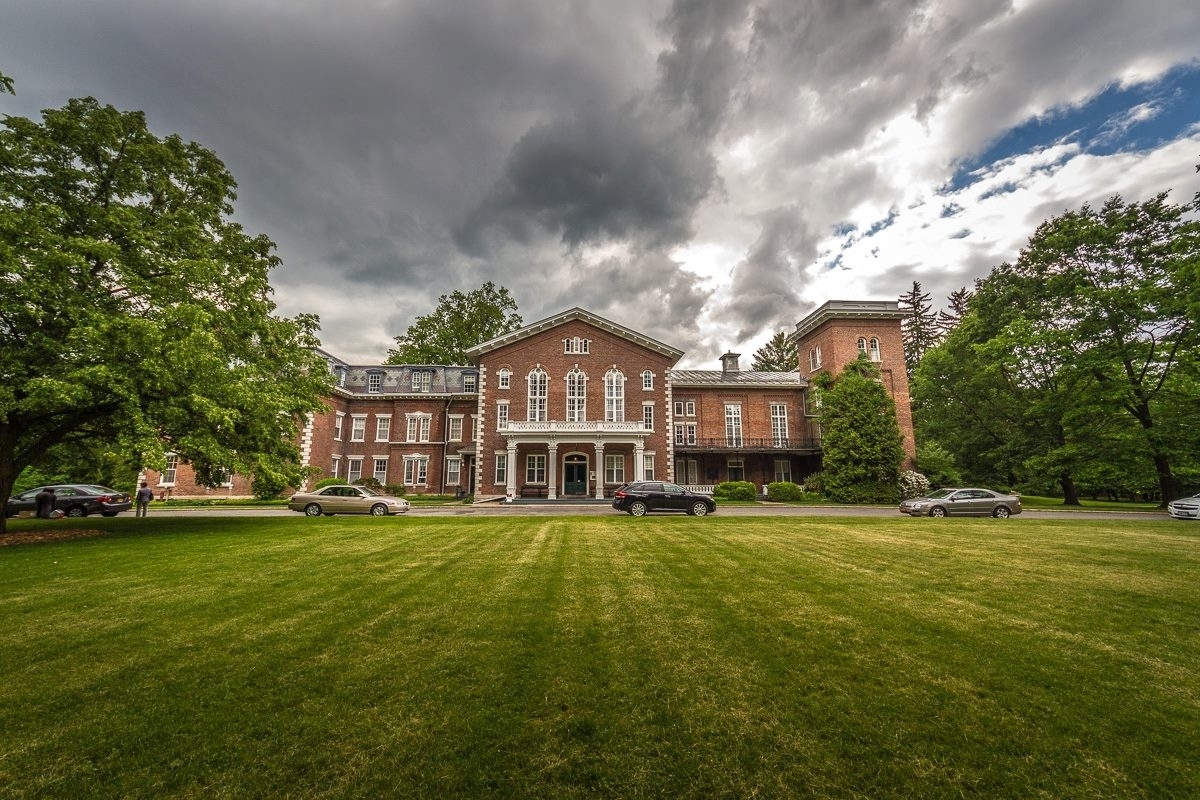

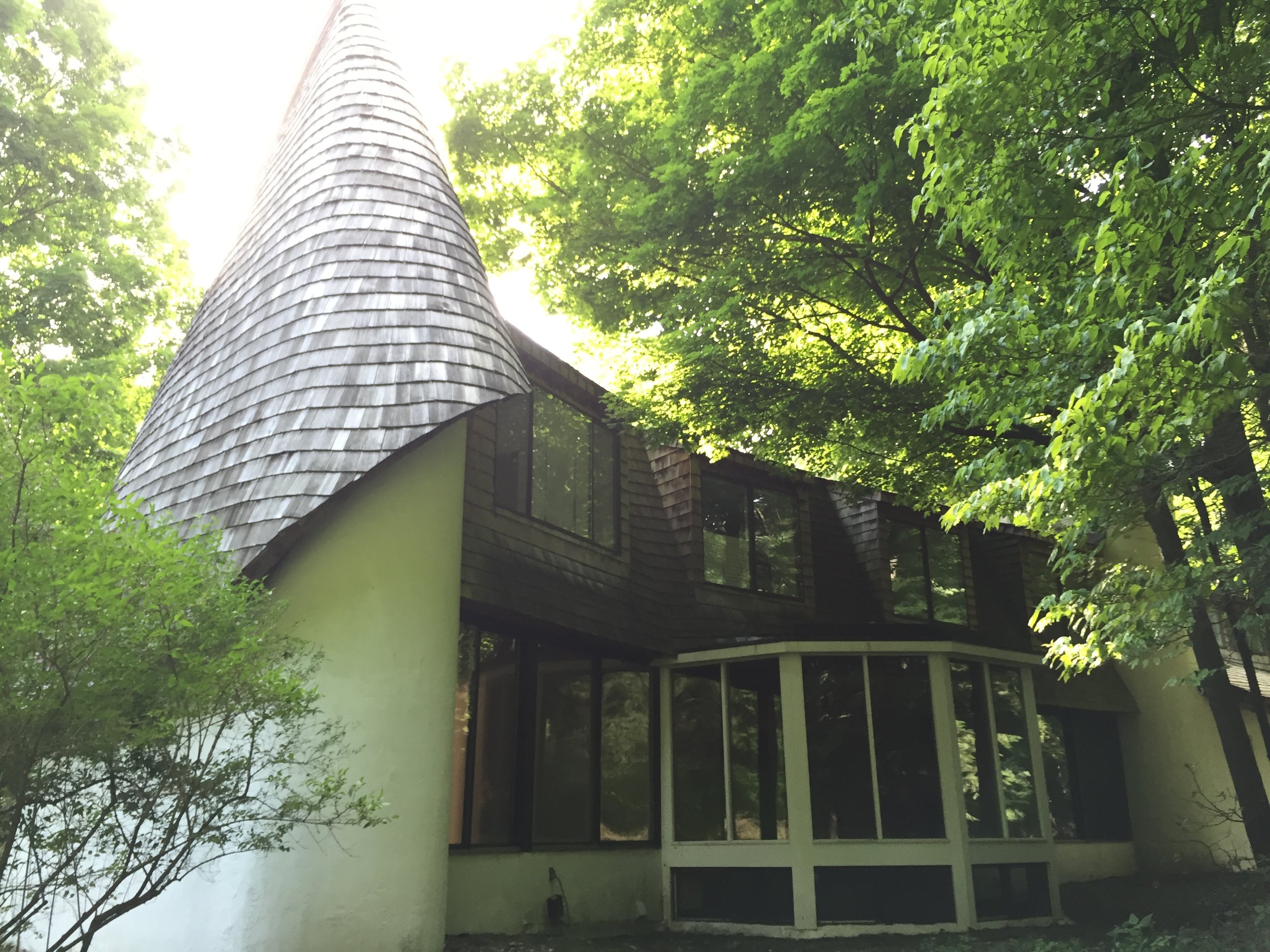
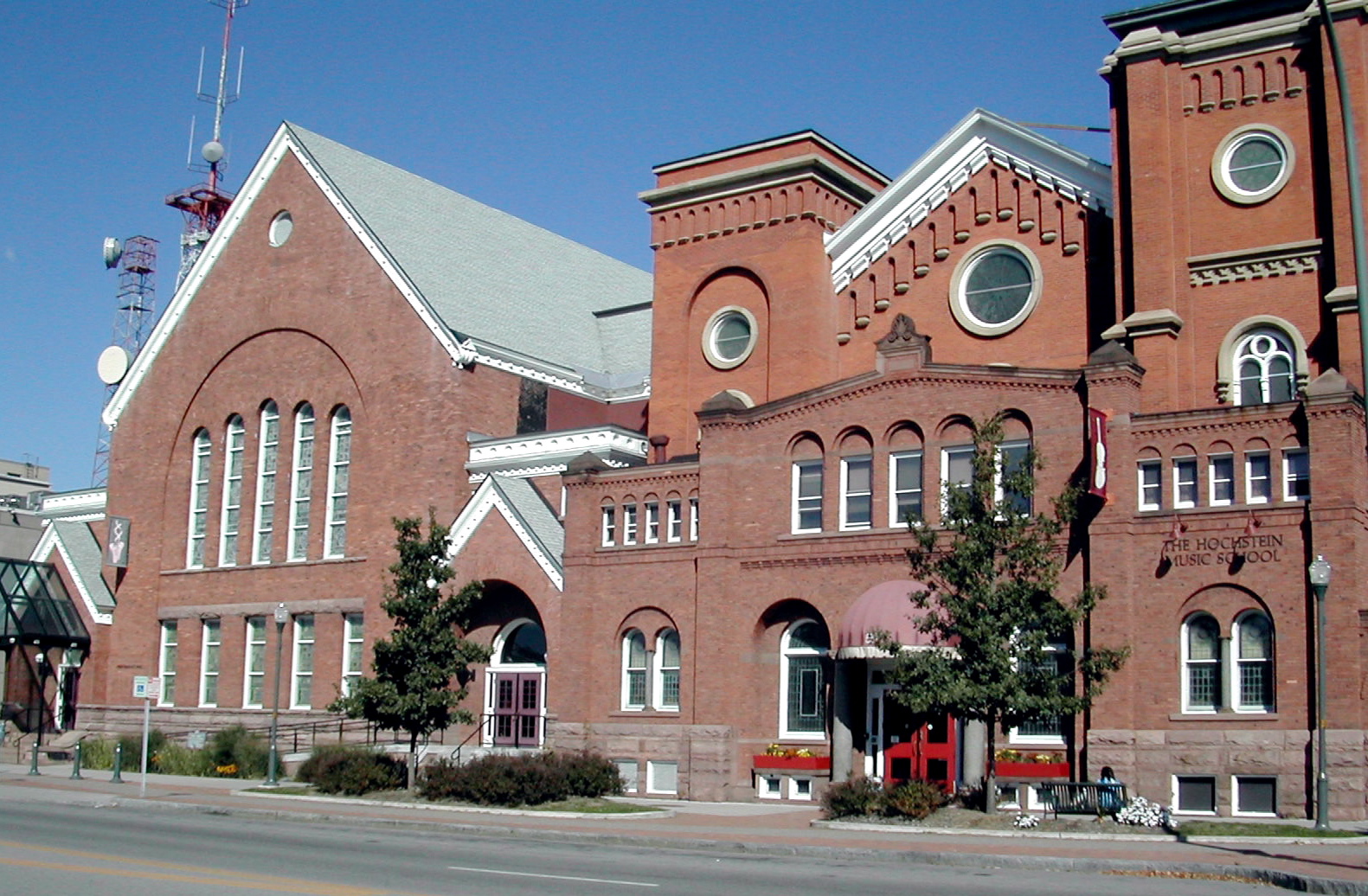
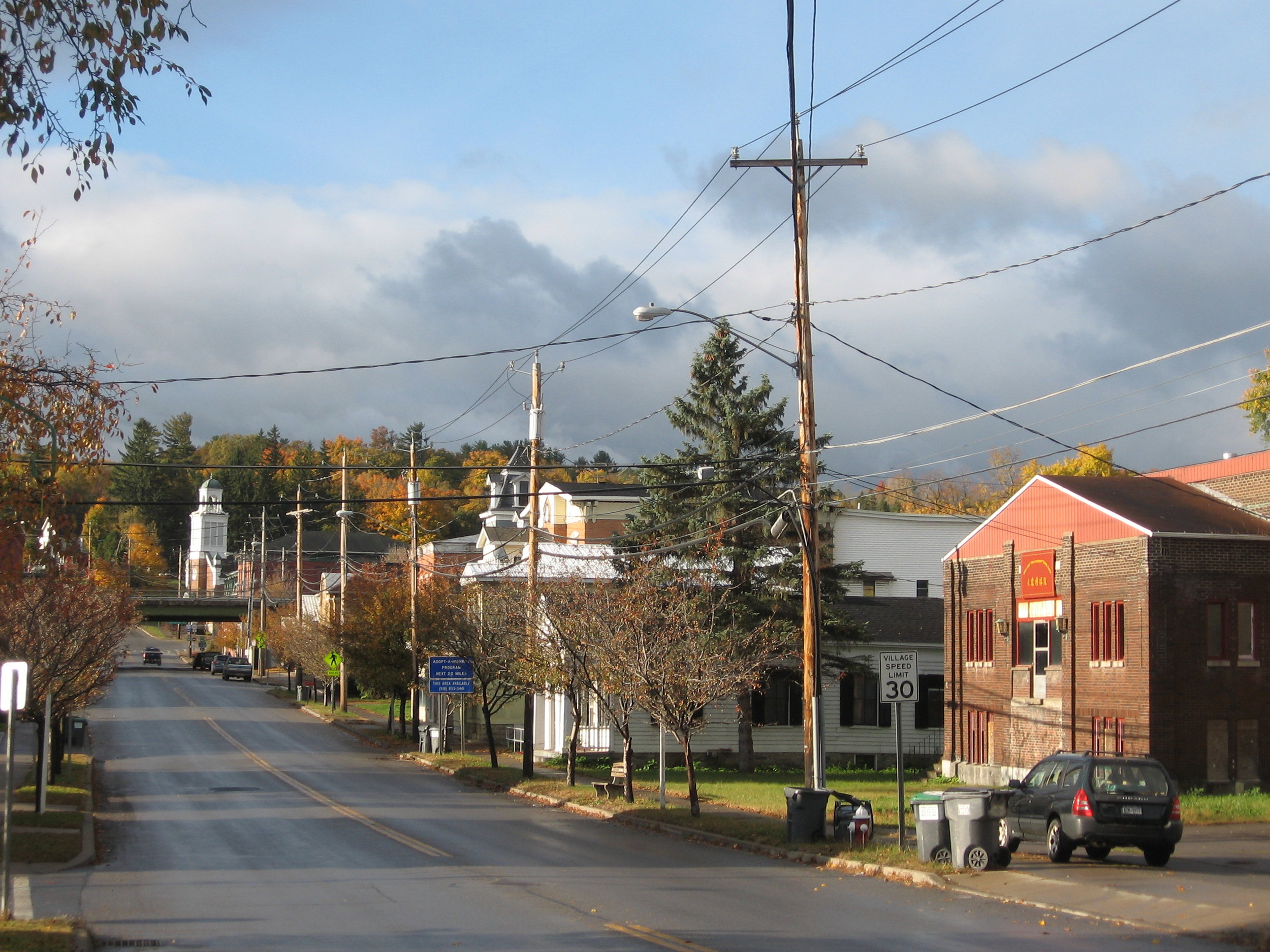
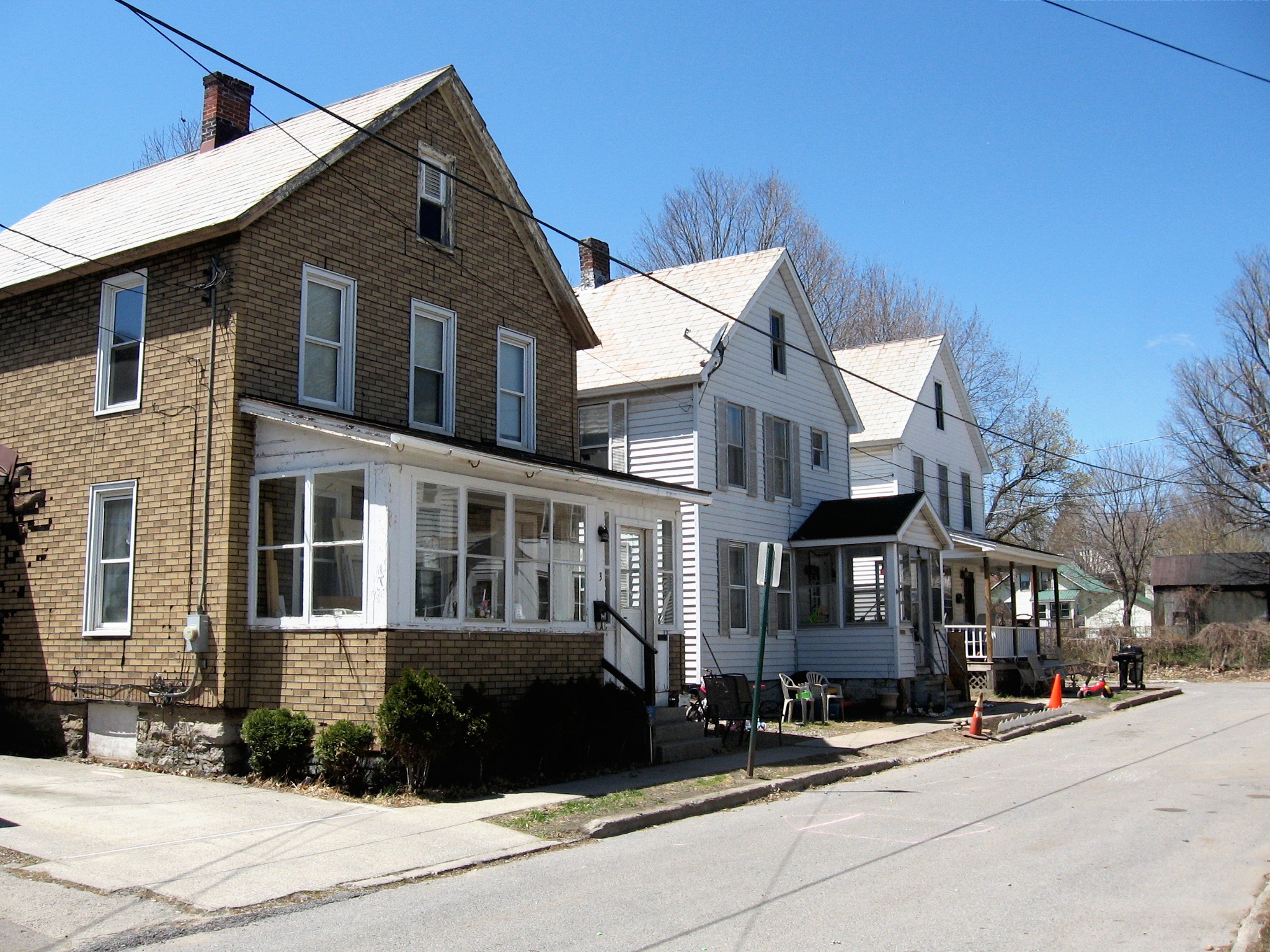
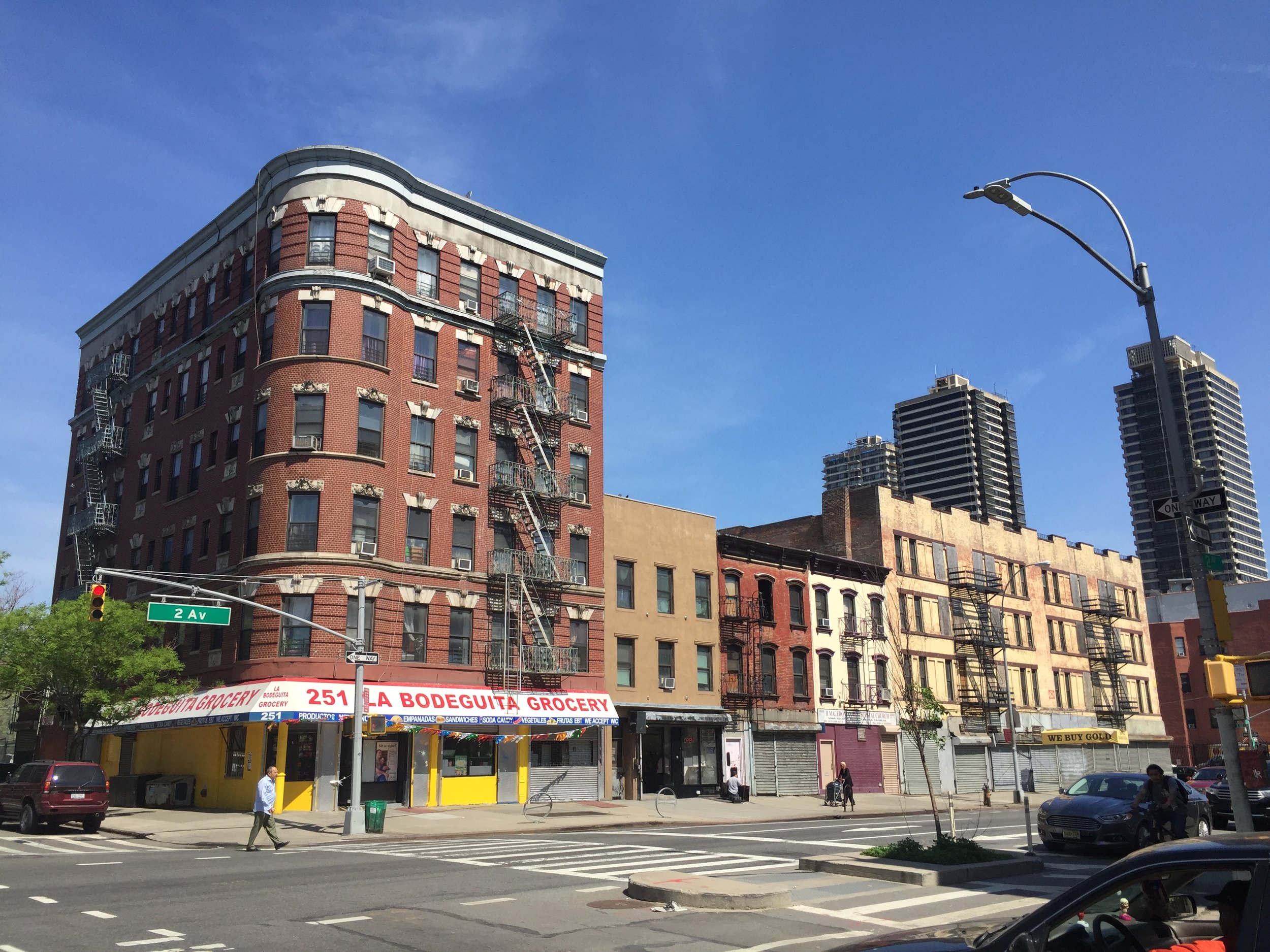
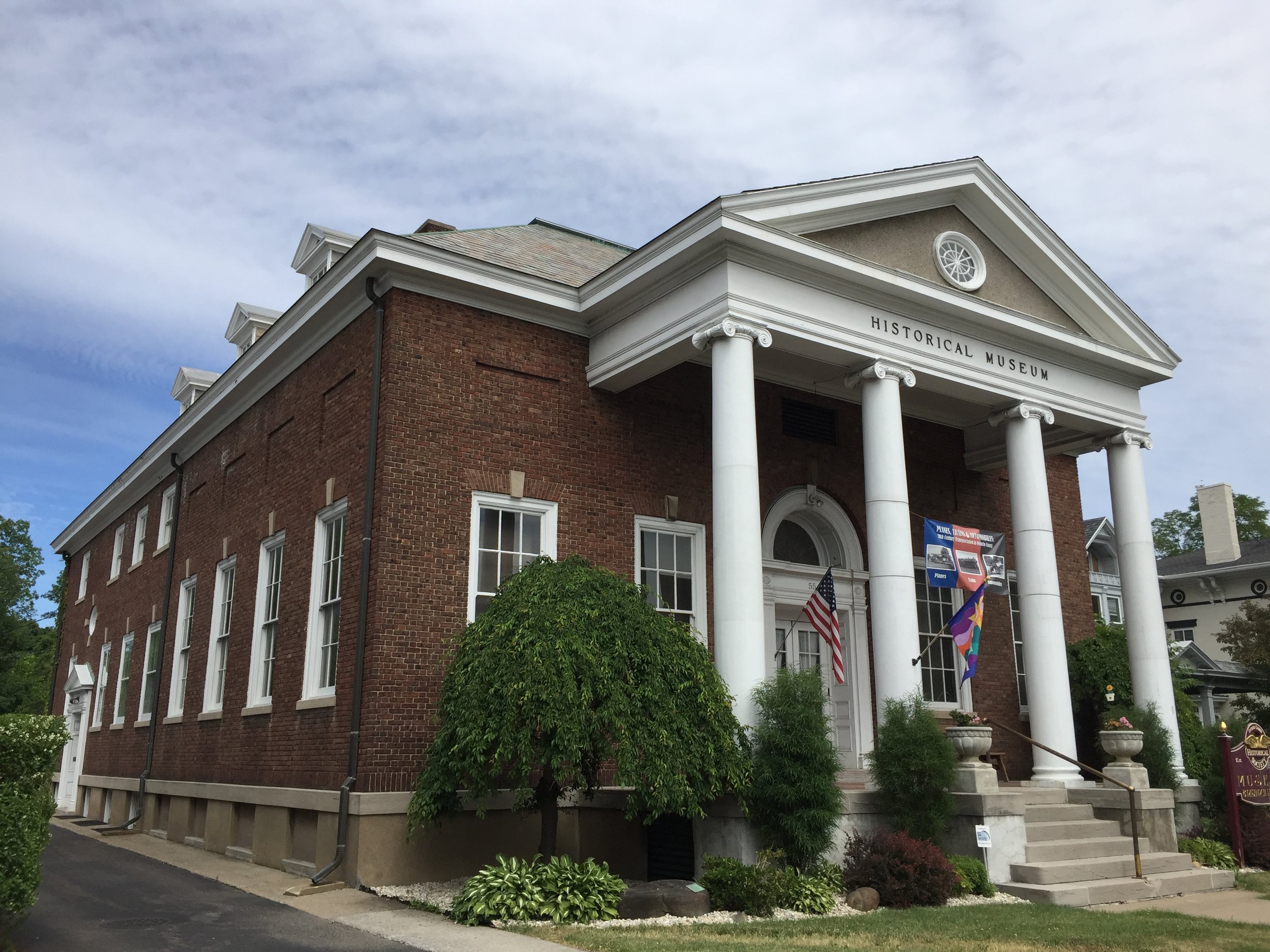
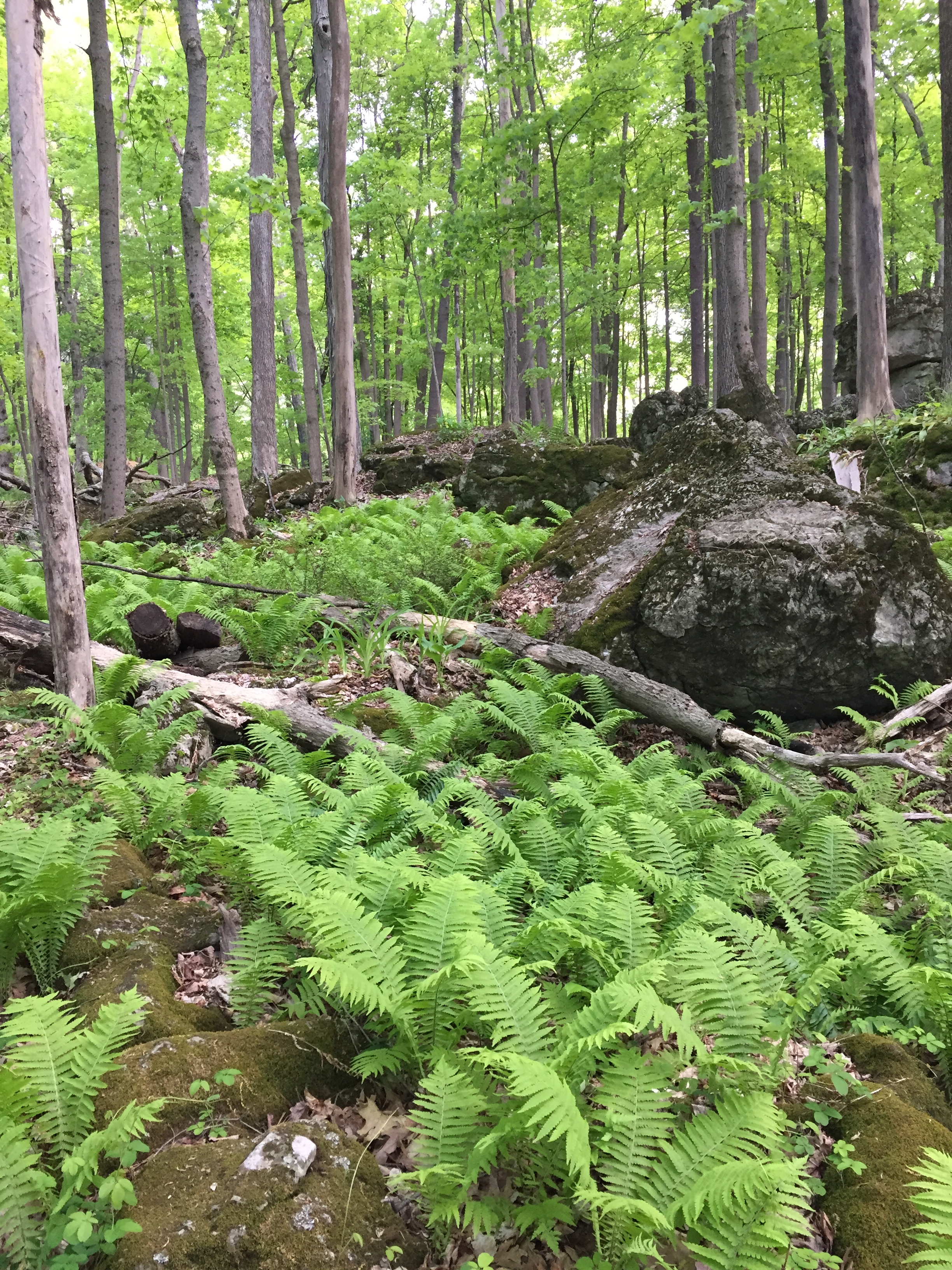




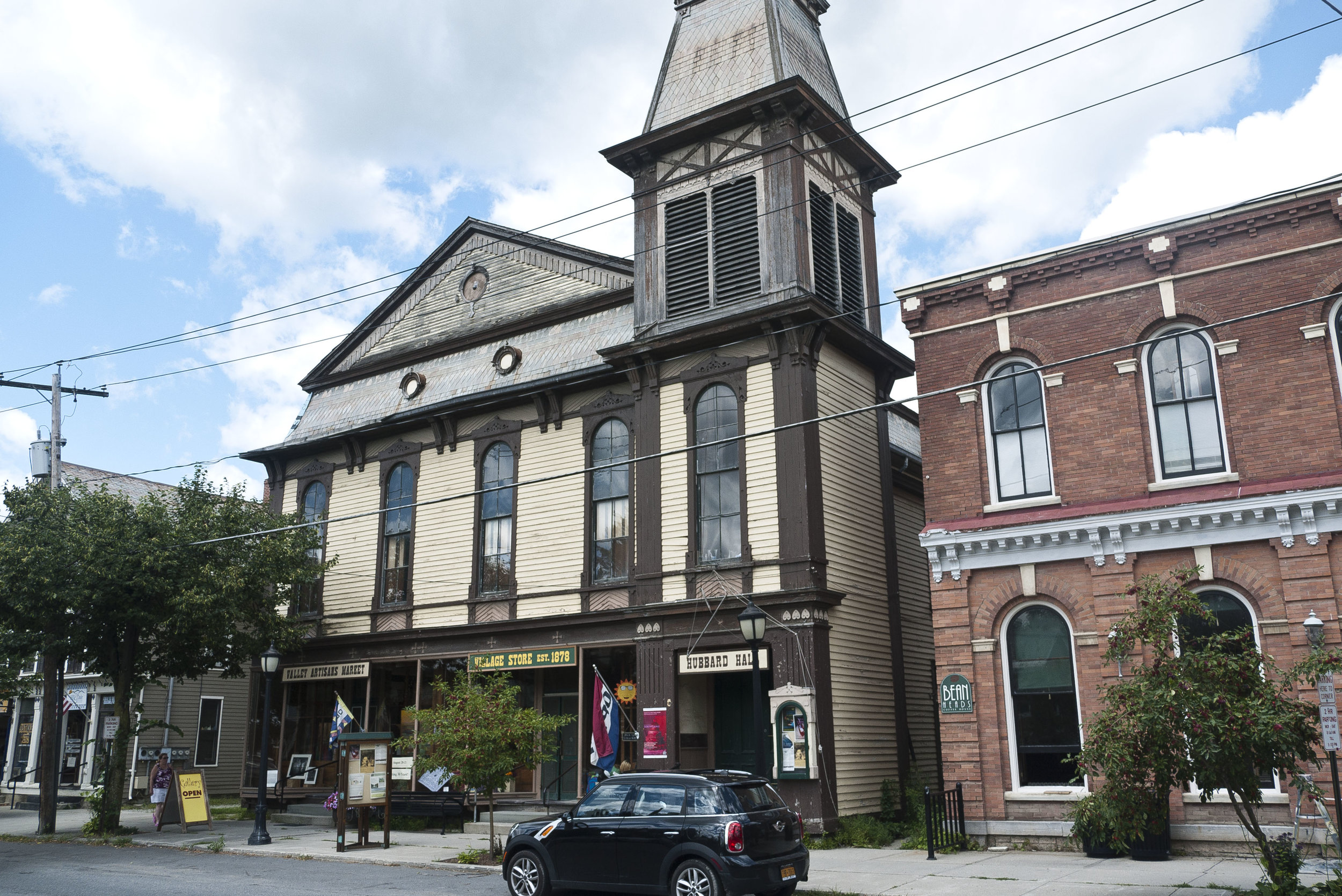
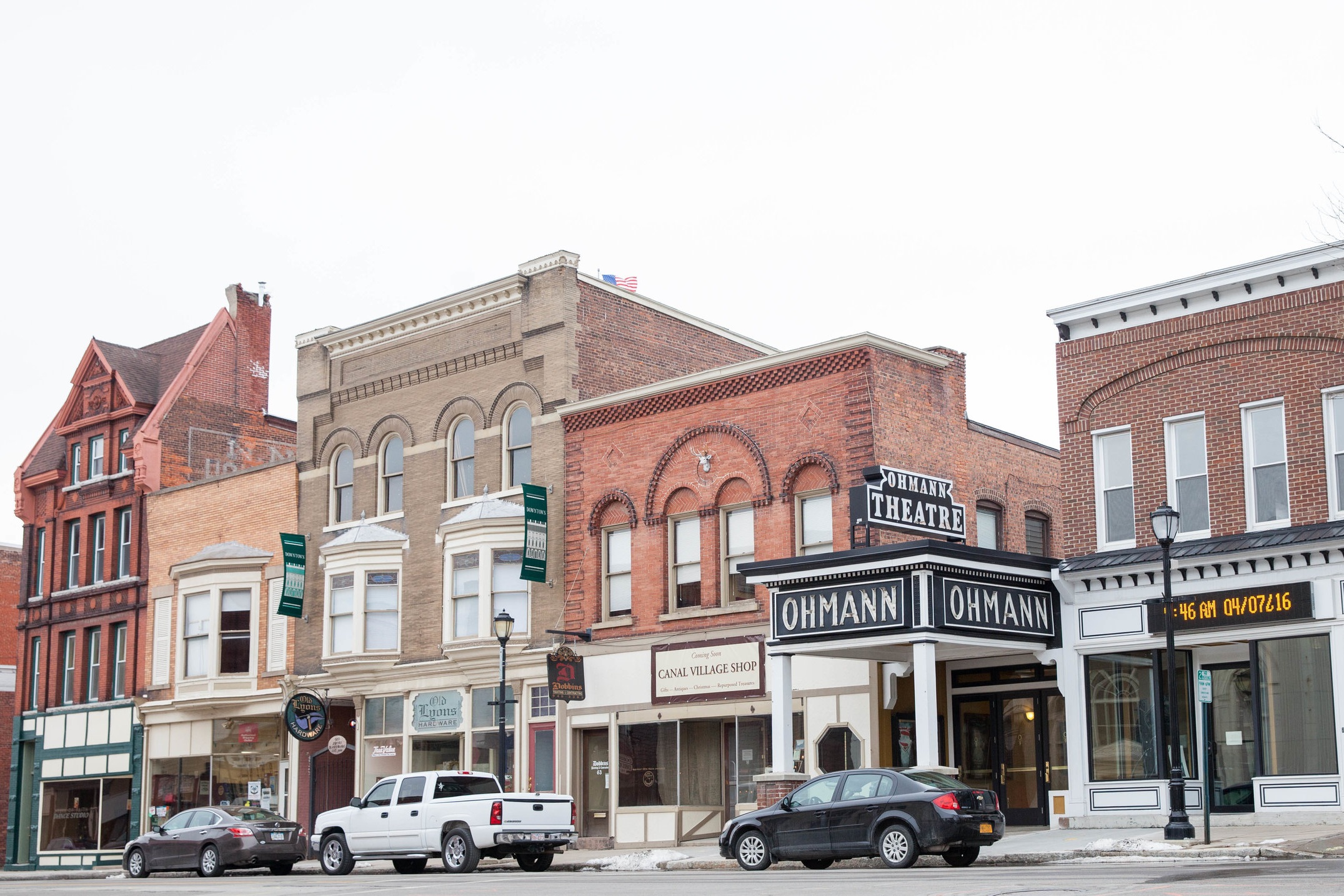

Albany County
Underground Railroad History Project of the Capital Region, Inc., Albany - $4,000
Stephen and Harriet Myers Residence Building Condition Report
The Underground Railroad History Project of the Capital Region is dedicated to researching, preserving and promoting the history of the anti-slavery and Underground Railroad movements. Since 2004, the group has been working to restore the Stephen and Harriet Myers residence on Livingston Avenue in Albany’s Arbor Hill neighborhood. Built in 1847, this three-story Greek Revival brick building with a full basement was built by John Johnson, an African American sloop captain. African American abolitionists Stephen and Harriet Myers, central figures in the Capital Region’s Underground Railroad movement, lived in the house during the mid-1850s. The Project secured a Preserve New York grant in 2007 for the completion of a historic structure report that focused primarily on the building’s exterior. A $4,000 grant will enable preservation architect Lee Pinckney of Albany to complete a thorough interior condition assessment of the residence’s ten rooms to guide complete restoration.
Bronx County
Woodlawn Conservancy, Bronx - $6,000
Olmsted-Designed Cemetery Plots Historic Landscape Report
Established in 1863, the Woodlawn Cemetery, a National Historic Landmark, boasts one of the largest and finest collection of funerary art in the country. The Woodlawn Conservancy educates the public about the historic significance of the landmark and promotes best practices through its preservation trades internship program for high school students. A grant of $6,000 will allow the Conservancy to hire landscape architect Lauren Meier of Belmont, Massachusetts to prepare a Historic Landscape Report for two cemetery plots designed by the Olmsted brothers. This document will serve as a guide for the cemetery’s future interpretation of designed landscapes as memorial spaces.
Erie County
Buffalo Niagara Medical Campus, Buffalo - $7,000
Fruit Belt Neighborhood Reconnaissance Level Survey
The Fruit Belt, once called “The Orchard” because of its many fruit trees, has a rich history of German and African American settlement. It contains a mix of distinctive residential structures dating from the 1830s through the 1880s, but many have been lost to demolition, urban renewal and development pressure from the nearby medical facility. Many Fruit Belt homeowners, with neighborhood ties going back generations, are concerned over the loss of historic character and wish to prevent future deterioration. A $7,000 Preserve New York Grant will help the Buffalo Niagara Medical Campus, a not-for-profit community partner, retain Preservation Studios of Buffalo to complete a cultural resource survey of the neighborhood. The Buffalo Niagara Medical Campus is committed to working with groups such as the Fruit Belt/McCarley Gardens Housing Task Force to revitalize the area.
Preservation Buffalo Niagara, Buffalo - $7,000
Broadway-Fillmore Neighborhood Intensive Level Survey
In its prime, “Broadway-Fillmore” was the heart of Buffalo’s Polish East Side. The neighborhood underwent several waves of immigration after 1870, resulting in a number of architecturally significant religious, residential, commercial and cultural properties dating from the late 19th through the early 20th centuries. Broadway-Fillmore also boasts some fifteen buildings designed by Wladyslaw H. Zawadzki (1872-1926), Buffalo’s most important Polish architect. Threats to the neighborhood include vacancy, deterioration, vandalism, and continued demolition of architecturally and historically significant homes and businesses. A $7,000 Preserve New York grant will help Preservation Buffalo Niagara, the region’s full service preservation not-for-profit, to hire Preservation Studios of Buffalo to complete a cultural resource survey of the area. The community’s goal for the survey is to protect and steward the neighborhood’s remaining cultural heritage.
Roycroft Campus Corporation, East Aurora - $12,000
Roycroft Print Shop Historic Structure Report
The Roycroft Campus is the best preserved and most complete complex of buildings of the American “guilds” that evolved at the turn of the 20th century. Elbert Hubbard, an author, lecturer, and entrepreneur began developing the campus in 1897, inspired by the leaders of the English Arts and Crafts movement. The Roycroft Campus became a National Historic Landmark in 1986 and comprises 14 structures including the Inn, Chapel, Print Shop, Furniture Shop, and Copper Shop. A 2005 Preserve New York grant supported the cost of a historic structure report for the Copper Shop. Having recently taken ownership of the Print Shop, the Roycroft Campus Corporation plans to document the building for rehabilitation. A $12,000 Preserve New York grant will help the corporation retain Flynn-Battaglia Associates of Buffalo to develop a historic structure report for the Print Shop. This document will provide guidance for care and maintenance of the building.
Village of Hamburg - $5,000
West Side Neighborhood Cultural Resource Survey
The Village of Hamburg developed as a suburban community along the Buffalo railroad corridor, thirteen miles south of downtown. The west side of Hamburg retains a number of notable industrial buildings and adjacent residential neighborhoods dating from the 1860s through 1900s. The Village’s Historic Preservation Commission hopes to highlight, protect and preserve the historic fabric of Hamburg as they support a village-wide strategic master plan. Redevelopment of the industrial buildings along the railroad corridor is a major component of the plan, as historically sensitive redevelopment has attracted young professionals to live and work in similar areas. A $5,000 Preserve New York grant will help the village retain Bero Architecture PLLC of Rochester to complete an intensive level survey of the neighborhood. The survey will document the significance of the area’s structures, determine which are eligible for the National Register of Historic Places, and could help property owners take advantage of historic rehabilitation tax credits.
Village of Springville - $7,000
Main Street Historic District Cultural Resource Survey
The Village of Springville, a Certified Local Government, has a strong commitment to historic preservation planning. Springville’s Main Street reflects the community’s late 19th and early 20th century prosperity and includes examples of Queen Anne, Italianate, Shingle, Colonial Revival, Greek Revival and Second Empire styles. The East Main-Mechanic Streets Historic District was added to the National Register in 2002, and a Preserve New York grant supported a National Register Nomination for the East Hill Historic District in 2014. A $7,000 Preserve New York grant will help the Village hire Clinton Brown Company Architecture of Buffalo to complete fieldwork and documentation to expand the boundary of the East Main-Mechanic Streets Historic District and prepare a nomination for the West Main Street Historic District. The Village hopes to address the threats of highway rerouting and sprawl by adding more buildings to the National Register, making it possible for property owners to receive historic rehabilitation tax credits for repairs and restoration work.
Franklin County
Historic Saranac Lake, Saranac Lake - $2,000
Berkeley Square Historic District Expansion
Saranac Lake, the largest village in the Adirondacks, developed as a premier health resort of the late 19th century. The Berkeley Square Historic District in the downtown commercial area illustrates this, as many of the intact structures have tuberculosis “cure” related features such as verandas, balconies or porches on the upper floors. Historic Saranac Lake added the Berkeley Square Historic District to the National Register of Historic Places in the 1980s, but several buildings in the district were excluded due to uncertainty over eligibility and boundaries. A $2,000 Preserve New York grant will enable Historic Saranac Lake to hire Adirondack Architectural Heritage of Keeseville to reevaluate the district boundaries leading to greater architectural and thematic unity. The effort will open doors for historic tax credit use, raise the profile of the village’s historic resources, and provide protection for the Berkeley Square Historic District.
Village of Saranac Lake - $8,500
Paul Smith’s Electric Light & Power & Railroad Company Building Condition Report
The Paul Smith’s Electric Light & Power & Railroad Company Building, constructed in 1927, occupies an important corner in downtown Saranac Lake on the Saranac River. The building is listed on the National Register of Historic Places, which notes its “outstanding Neoclassical design.” The building occupies the site of the original water power facility on the Saranac River, completed in 1827 by Captain Pliny Miller, one of Saranac Lake’s earliest settlers. The building is now deteriorating, particularly in the upper elevator shaft and on the exterior terracotta cladding. An $8,500 Preserve New York grant will enable the village to retain Landmark Consulting of Albany to complete a building condition report. The report will help the village move forward with a fullrestoration and preservation plan.
Hamilton County
Adirondack Historical Association/Adirondack Museum, Blue Mountain Lake - $9,000
Log Hotel and Cottages Building Condition Report
The Adirondack Museum seeks to tell the story of the Adirondacks and its people through interpretation of its 24 buildings and 40,000 square feet of exhibition space – all contained within a 121-acre campus in Blue Mountain Lake. The Log Hotel and Annex Cottages, built in 1876 and listed on the National Register of Historic Places, are original to the site and reflect the site’s history as a summer resort, while interpreting early Adirondack tourism. Maintaining and preserving these structures is an important part of the museum’s master plan. A $9,000 Preserve New York grant will allow the museum to hire Crawford & Stearns / Architects and Preservation Planners, PLLC of Syracuse to complete a condition report of the Log Hotel and Cottages, which will guide and prioritize repairs.
Madison County
Oneida Community Mansion House, Oneida - $8,000
Oneida Community Mansion House Building Condition Report
The Oneida Community Mansion House, a National Historic Landmark constructed between 1861 and 1914, is the only extant monument to New York’s Utopian movement in the 1840s. The resource is now cared for and operated by a nonprofit group of the same name, and the board of trustees includes individuals who descended from members of the original Oneida Community. The building is open to the public every day and hosts a series of special events including concerts and historic preservation workshops. An $8,000 Preserve New York grant will enable the nonprofit group to hire Crawford & Stearns / Architects and Preservation Planners, PLLC of Syracuse to complete a comprehensive building condition report of the Mansion House, and to develop a preservation and maintenance plan.
Stone Quarry Hill Art Park, Inc., Cazenovia - $7,000
Dorothy Riester Home Building Condition Report
The Stone Quarry Hill Art Park is an outdoor sculpture park created to highlight the ever-changing partnership of the artist and the environment. Dorothy Riester, artist and creator of the sculpture park, used these principles in the design and construction of her home and studio within the park. The home, an example of midcentury modern architecture, blends natural and constructed elements that highlight Dorothy’s unique sculptural style and penchant for the natural world. Because the artist no longer inhabits the home and the Art Park is open to the public, the Park executive staff and trustees are beginning to create a plan for the building as it transitions from a private to a public space. A $7,000 grant will enable the Art Park to retain Ashley McGraw Architects to complete a building condition report and prioritize repairs and code compliance updates to the structure to lay the groundwork for future use of the resource.
Monroe County
Greece Historical Society, Greece - $13,000
Cultural Resource Survey of the Architectural Works of James H. Johnson
Rochester architect James H. Johnson was best known for his boundary-pushing midcentury modern designs that defied traditional conventions of structure and architectural form. His most daring works were completed between 1963 and 1973 and include religious sanctuaries, local monuments, regional libraries and dozens of residential structures. Johnson passed away in February, 2016, bringing local attention to his lasting impact on the Rochester region. A $13,000 Preserve New York grant will support the cost of a cultural resource survey of existing James Johnson buildings. The Greece Historical Society will hire Bero Architecture PLLC of Rochester to complete the project. The survey goal is a multiple property documentation form which could lead to State and National Register listing for Johnson’s buildings.
David Hochstein Memorial Music School, Inc., Rochester - $10,000
Hochstein School Building Condition Report
The Hochstein School of Music & Dance is located in a historic church building in downtown Rochester and serves as an important community arts education and performance space. The church building was constructed in 1858, and in 1890 the sanctuary space was added. At present, the 1890 sanctuary remains in use as a performance space with intact historic details and other areas of the building are used for classrooms and support functions. A $10,000 Preserve New York grant will enable the Hochstein School to hire Architectura P.C., Architects of Rochester to complete a comprehensive building condition report. The School seeks to prioritize repairs to the structure so it can continue to serve an important community arts role in Rochester.
Montgomery County
Village of Fultonville - $4,500
Village of Fultonville State and National Register Nomination
Founded in 1824 in anticipation of the opening of the Erie Canal and officially incorporated in 1848, the Village of Fultonville is situated on the south bank of the Mohawk River. The Canal itself once ran through the Village, but the canal bed and many adjacent historic buildings were lost to the construction of Interstate 90. The Village received a Preserve New York grant in 2014 for a reconnaissance level survey, which determined that Fultonville retains an assemblage of historic housing stock and a historic downtown commercial district with an identifiable sense of place and pedestrian scale. The 2016 Preserve New York grant of $4,500 will enable the Village to take the next step and hire Jessie Ravage of Cooperstown to complete a State and National Register nomination form for a historic district. All structures in the prospective district are in a qualifying census tract for historic tax credits, and a successful nomination will enable property owners to use this economic development and revitalization incentive.
Village of St. Johnsville - $9,000
Village of St. Johnsville State and National Register Nomination
St. Johnsville was settled in the 18th century, established in 1838, and incorporated in 1857. Historic buildings within the village limits were constructed in a variety of architectural styles through the mid-20th century. The village also contains several late 19th century industrial buildings and a notable 1909 Beaux-Arts library. The Village of received a Preserve New York grant in 2014 for a reconnaissance level survey of historic resources. The 2016 Preserve New York grant of $9,000 will enable the Village to take the next step and retain Jessie Ravage of Cooperstown to complete a State and National Register nomination form for a historic district. As in Fultonville, some 20 miles east along the Mohawk River, all structures in the prospective district are in a qualifying census tract for historic tax credits, and a successful nomination will enable property owners to use this economic development and revitalization incentive.
New York County
CIVITAS Citizens, Inc., Manhattan - $10,000
East Harlem/Pleasant Avenue Neighborhood Cultural Resource Survey
The Pleasant Avenue neighborhood in East Harlem played a significant role in the history of upper Manhattan from the late 1800s through the 1970s. By the 1930s, East Harlem housed the largest concentration of Italian immigrants in the country and was the first “Little Italy” in the nation. While the Italian roots of this neighborhood are still visible in its row houses, tenements, stores and churches, the area has recently become a magnet for Mexican immigrant families and businesses. Construction of the nearby Second Avenue Subway and pending rezoning pose a threat to the neighborhood’s historic character. A $10,000 Preserve New York grant will enable CIVITAS Citizens Inc., to hire preservation consultant Anthony W. Robins of New York City to complete a cultural resource survey of the area. This survey will build on a 2011 reconnaissance level survey by the Columbia Preservation Studio and provide additional support for a New York City Landmarks Preservation Commission historic district nomination or a National Register of Historic Places district nomination.
Ontario County
Ontario County Historical Society, Canandaigua - $9,000
Ontario County Historical Society Museum Building Condition Report
The Ontario County Historical Society museum was designed by the notable Rochester architect Claude Bragdon and constructed in 1914 as a museum and library. The building contains period rooms installed by the architect at the time of construction, as well as murals by Eloise Wilkin in the top floor children’s library. Wilkin was a visual artist, best known for her work in illustrating the “Little Golden Books” series. Although the Historical Society has undertaken routine maintenance, they wish to develop a strategic plan for stewardship of their century-old building. A $9,000 Preserve New York grant will enable the Historical Society to hire DeWolff Partnership Architects of Rochester to complete a comprehensive building condition report, with special attention to the building envelope and mechanical systems. This architectural firm has experience with the work of Claude Bragdon.
Orange County
Village of Warwick - $9,000
Madison Lewis Woodland Cultural Landscape Report
The Village of Warwick was awarded a Preserve New York grant in 2007 for the completion of a cultural landscape report of the Madison Lewis Woodlands, an important natural space within the community that was once part of a local family estate. The first landscape report, completed by Heritage Landscapes of Norwalk, CT and Charlotte, VT, led to significant cleanup and restoration activities within the woodlands. It also, however, inspired the surrounding community to recognize a “natural jewel within its midst,” leading to an uptick in daily visitors and use by organizations and school groups, and in lectures and articles developed by the Village Historian and the Warwick Historical Society. A $9,000 Preserve New York grant will enable the Village to hire Heritage Landscapes once more, to complete a second cultural landscape report of the Woodlands. This report will focus on the entrance of the property, an Italianate formal space known historically as the “sunken garden.” The final report will detail recommended treatment for restoration and interpretation of this important space within a larger historic context.
Rensselaer County
Village of Valley Falls - $5,500
Village of Valley Falls State and National Register Nomination
The Village of Valley Falls, located in the town of Pittstown and incorporated in 1907, contains an impressive array of historic residential structures that date from the 1830s through the present day. Located on the Hoosic River, the village had a long manufacturing history including providing gunpowder during the Civil War, production of twine and rope, and an 1871 textile mill which burned in 2009. The village center has been previously evaluated for inclusion in the National Register of Historic Places, and municipal officials have expressed interest in affording residents the opportunity to utilize historic rehabilitation tax credits. A $5,500 Preserve New York grant will support a National Register Historic District nomination, to be completed by preservation consultant Jessie Ravage of Cooperstown.
Schenectady County
Vale Cemetery Preservation, Inc., Schenectady - $10,000
Vale Cemetery Cultural Landscape Report, Phase III
Vale Cemetery in Schenectady, listed on the National Register of Historic Places, is a classic example of the rural cemetery movement in America. Burton Thomas, also known for his association with the Albany Rural Cemetery, designed the cemetery in 1857, incorporating lakes, scenic vistas and meandering paths as part of the design. Vale Cemetery also has a section reserved for African American burials, which is listed on the Underground Railroad Network to Freedom map of the National Park Service. Other notable features include a Grand Army of the Republic Plot and the monuments and graves of seven mayors, nine congressmen and two Medal of Honor awardees. A $10,000 Preserve New York grant will support the cost of hiring Robert Toole of Saratoga Springs to complete the third phase of a comprehensive cultural landscape report. Phases I and II were funded in part by Preserve New York grants in 2013 and 2015.
Suffolk County
Sylvester Manor Educational Farm, Shelter Island - $9,000
Sylvester Manor Historic Outbuildings Building Condition Report
Sylvester Manor Educational Farm was awarded a Preserve New York grant in 2015 for a historic structure report of the Manor House, a significant piece of the historic 225-acre farm landscape on Shelter Island. The landscape illustrates themes of African American and Native American history, agricultural history, landscape design and archaeology. The completion of this report recommended that the nonprofit group take steps to complete building condition reports for six outbuildings located on the farm complex as part of a larger effort to complete historic documentation and inform planning at the site. A $9,000 Preserve New York grant will allow the Educational Farm to hire Jan Hird Pokorny Associates to complete building condition reports for each of the farm outbuildings. The firm also completed the historic structure report of the Manor House and made the recommendations for next steps in preservation planning.
Tioga County
Village of Owego - $5,000
Owego Central Fire Station Building Condition Report
The 1911 Central Fire Station is a landmark in the heart of downtown Owego, and the fire station’s tower can be seen throughout the community. The building retains much of its original details, including architectural elements and period furniture. In 2011, Tropical Storms Irene and Lee caused significant flooding in Owego and the building suffered extensive water damage. The hardest-hit areas of the building included the basement rooms, which have wooden pocket doors and were previously used as public spaces. The current state of disrepair limits community use. A $5,000 Preserve New York grant will help the village retain Crawford & Stearns / Architects and Preservation Planners, PLLC of Syracuse to complete a building condition report for the fire station. The report will guide the village in organizing and prioritizing post-flood repairs and maintenance of this important community resource.
Washington County
Hubbard Hall Center for the Arts & Education, Inc., Cambridge - $12,000
Hubbard Hall Historic Structure Report
Hubbard Hall, a 19th-century opera house located in the Cambridge Village Historic District, is a unique cultural structure that provides an important arts-based community service in a rural area. The programming at the Hall consists of opera and theater performances, art exhibitions, movie screenings and other events. The mission of the organization extends beyond this, however, to include goals and ideals of historic preservation for the structure itself and the surrounding freight yard. Although the administrators of the Hall have engaged in preservation activities for the building since the early 1980s, a full historic structure report has not yet been completed. A $12,000 Preserve New York grant will enable the Hall to hire Lacey Thaler Reilly Wilson Architects of Albany to complete a historic structure report for this significant building that serves a vital community purpose.
Wayne County
Town of Lyons - $9,500
Town of Lyons State and National Register Nomination
The Town of Lyons, which recently absorbed the Village of Lyons, contains an impressive mix of intact historic structures associated with the Erie Canal. Downtown Lyons, which is concentrated immediately north of the Erie Canal/Barge Canal features a large quantity of Second Empire-style buildings as well as others featuring Art Deco and Art Moderne decorative characteristics. A $9,500 Preserve New York grant will support the cost of a National Register of Historic Places nomination for downtown Lyons. Bero Architecture PLLC will complete the National Register nomination. Lyons is located within a qualifying census tract for historic rehabilitation tax credits, which will provide incentives to revitalize older residential and commercial buildings.
Westchester County
Village of Tarrytown - $4,000
Warner Library Building Condition Report
The Warner Library on Broadway in Tarrytown has served as a cultural fixture in the community since it was constructed in 1929. Originally, the steel frame structure with terrazzo floors and masonry exterior was a gift to the Villages of Tarrytown and Sleepy Hollow by Mr. and Mrs. Worcester Warner, founders of Warner and Swasey Precision Optical Instruments. The roofline of the library features elaborately carved decorative details. In 2007-8, the Library undertook a major interior restoration of the space in order to correct historically inappropriate changes made over the years. This included the removal of dropped ceilings and reconfiguration of the front reading rooms to their original appearance. A $4,000 Preserve New York grant will enable the Village to hire Donald MacDonald of Cold Spring to complete an exterior condition report of the Library. This assessment follows the interior assessment and restoration work and will identify and prioritize areas of concern that the Village must address to secure the future of the library.
